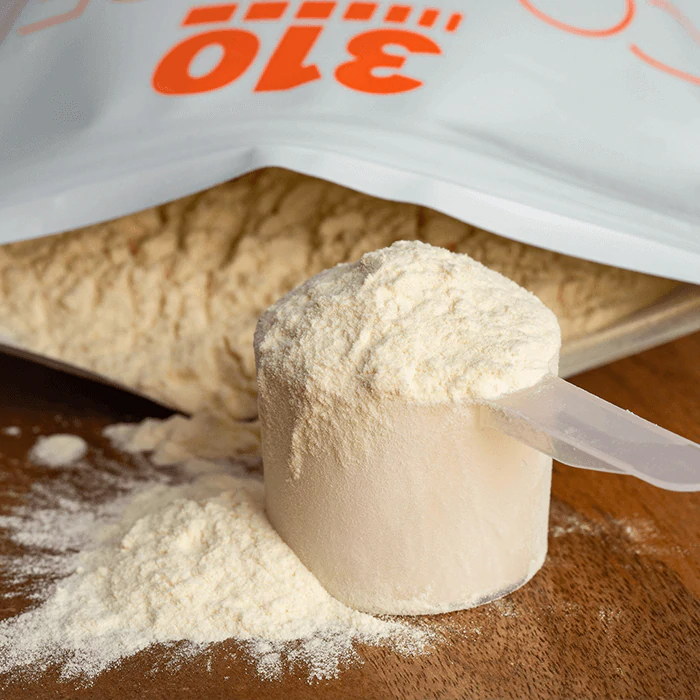We talk about weight loss in a variety of ways: we “shed” pounds, “burn” them off, “lose” them, and even see them “melt” away. But really, where does the fat go? As our bodies slim down and the weight disappears, what happens to the fat that once defined our bodies? This is a valid question that should be asked!
A few common misconceptions are that fat gets turned into energy, or converts to muscle, or is disposed of when we go to the bathroom. However, none of these are the truth. Here are 4 simplified facts about where fat goes as we lose it:
1) Eliminating fat starts by “emptying” fat cells.
The process of metabolizing fat is quite complex. For the sake of simplifying it, think of it this way: Our bodies turn excess carbs and protein into triglycerides, which are stored in our fat cells. In order to metabolize these triglycerides, which are comprised of carbon, hydrogen, and oxygen.[i] To get rid of them, we have to “unlock” them from the fat cells. This is done by creating an energy deficit.[ii]
2) Weight loss is triggered by an energy deficit.
In other words, your body finds itself needing more energy than you have eaten so it has to turn to stored energy. You can do this by eating fewer calories or exercising. When triggered, your fat cells release the triglyerides (with help from hormones and enzymes) which enter the bloodstream as free fatty acids your body sends to tissues needing energy.[iii]
It’s important, though, to not go overboard on cutting calories. Doing too much at once could be counterproductive and cause your body to burn fat less efficiently[iv].
3) You never lose fat cells.
Once there, always there. As the fat cells empty out, they don’t disappear completely, they only shrink. In other words, once the fat cell releases the triglycerides, it shrinks in size. Imagine a balloon deflating: it no longer takes up as much space, but the shell is still there. This means in order to truly keep the pounds away, you’ll need to embrace a healthy lifestyle.
4) You get rid of fat by breathing.
A study by Andrew Brown and Ruben Meerman revealed new information about the metabolic process of expelling fat. They found that the majority of fat is released through exhaling.[v] That’s right – we breathe it out. 84% of fat is converted to carbon dioxide and expelled in this way.
The other 16% is converted to water, which is expelled any of the ways your body rids itself of extra H20 (peeing, crying, sweating, etc.).[vi] Getting rid of 22 pounds of fat requires breathing in 64 pounds of oxygen. This process produces 62 pounds of carbon dioxide and 24 pounds of water.[vii]
What does this mean for weight loss?
Basically, the biggest takeaway is a more accurate understanding of how the process of metabolizing fat works. If you’re thinking that by breathing more you can lose weight faster, that’s unfortunately not true. You’ll simply hyperventilate and pass out. The key to weight loss remains the same: focusing on understanding how to get your body in a fat-burning state.
While there are general rules that hold true across the board, every body is different and will respond differently. Your job is to find the right combination of diet and exercise that encourages weight loss best.
Sources:
[i] http://www.iflscience.com/health-and-medicine/where-does-your-fat-go-when-you-lose-weight
[ii] https://www.muscleandstrength.com/articles/what-happens-when-fat-is-burned.html
[iii] https://www.muscleandstrength.com/articles/what-happens-when-fat-is-burned.html
[iv] https://www.muscleandstrength.com/articles/what-happens-when-fat-is-burned.html
[v] http://www.npr.org/sections/health-shots/2014/12/16/371210831/when-you-burn-off-that-fat-where-does-it-go
[vi] http://www.prevention.com/weight-loss/weight-loss-tips/losing-weight-and-fat-loss
[vii] http://www.iflscience.com/health-and-medicine/where-does-your-fat-go-when-you-lose-weight















